Have you ever felt the scent of salt in the air as the sun gently sets behind the horizon, illuminating our small harbor in Rogač? That harbor, with boats gently swaying on the surface, has told stories of hard work and hope for centuries.
Experience Croatia’s Coastline
The very best Adriatic destinations and islands
I will tell you a story about the islands, as only an old fisherman can. - Heinrich Böll
Šolta
The island of Šolta, located in the heart of the Adriatic Sea, represents a true oasis of peace and beauty. This jewel of the Dalmatian archipelago captivates with untouched nature, crystal clear sea, and charming fishing villages and towns.

Rogač
1-7
Brač
The island of Brač is the third largest island in Croatia and is known for its exceptional stonemasonry tradition. In addition to beautiful beaches, especially Zlatni rat in Bol, Brač also offers untouched natural beauty, dense pine forests and a rich cultural heritage.

Supetar
Supetar, the lively harbor of life on Brač. Stories of the city reach far back, with legends of ghosts of old captains still haunting the shores at night. But perhaps the most miraculous tale is of an old hidden cave on the edge of the city, once used by our ancestors as a hideaway for their secrets.
1-7
Hvar
Hvar, the queen of the Adriatic! The sunniest Croatian island. This place is full of stories. Once, the oldest Croatian written records were located here. Legends speak of Hvar as the home of the sea goddess Faros, who protected the sea and sailors. Look, up on the hill is the Spanish fortress, a witness to turbulent times and strategic importance. And below it, narrow streets and squares preserve stories of ships, trade, and the love that connected this place with the whole world.
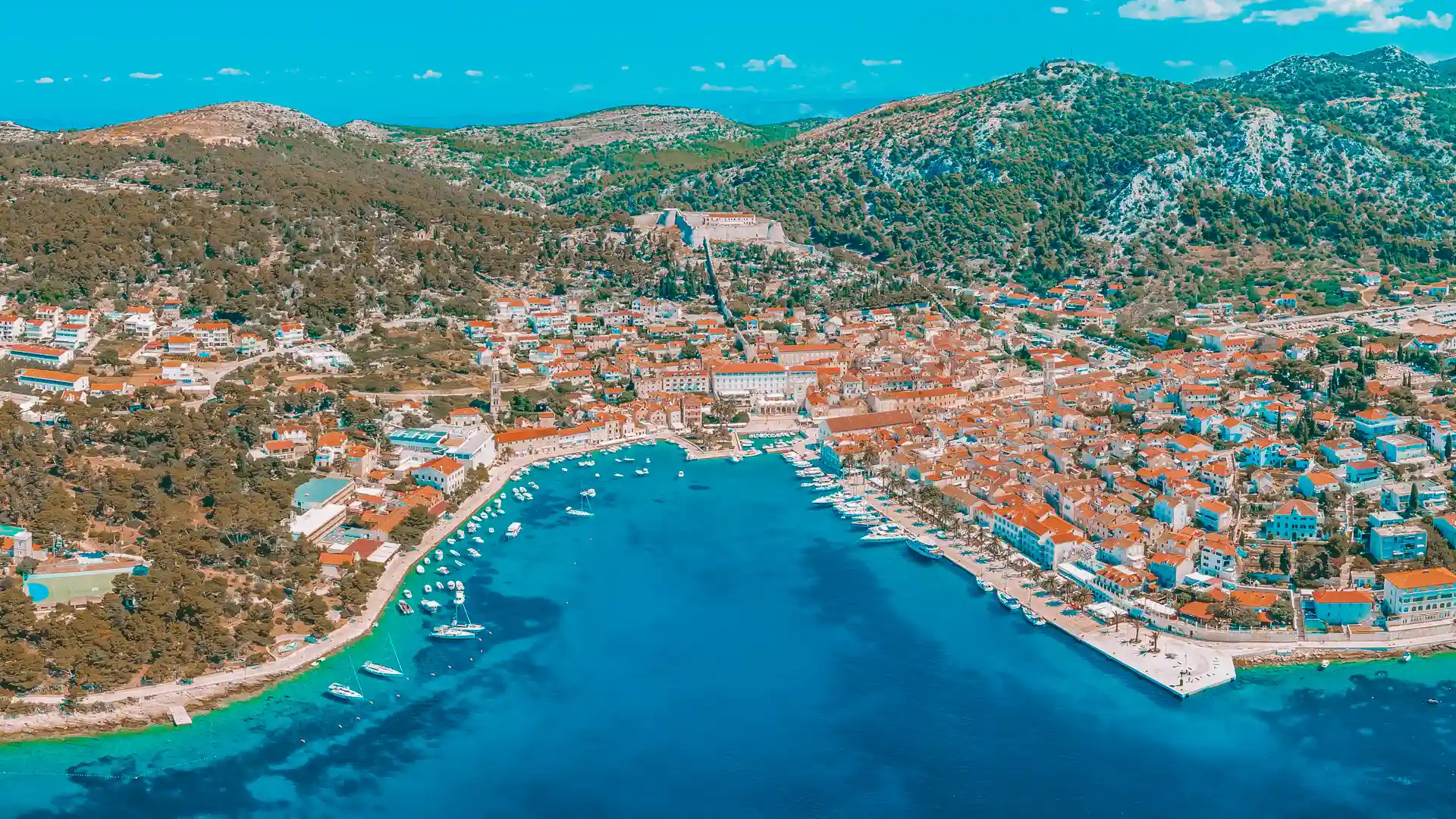
Stari Grad
Stari Grad, the stone heart of the island. The old people built their houses and churches with stone, and today, every stone slab bears the traces of time. Legends say that pirates and merchants hid in these old walls, sharing secrets and treasures they brought from distant shores.
1-10
Korčula
Korčula, an island full of wonders and secrets. With its stone streets, it guards many legends and stories. They say that Marco Polo himself was born here, the traveler who sailed to distant lands of the world and brought us invaluable knowledge. But this is just one of the stories hidden among the stone walls of the old town. The island of Korčula is a place where life unfolds slowly, where you can hear the stories of winds and waves, where every day is lived as if it were the last. It's an island of wonders and secrets, waiting for you to explore and discover all that hides within its embrace.

Lumbarda
Lumbarda, in the southeast, is a place where sandy beaches merge with vineyards and the scent of the sea. Here, the Greek wine variety is cultivated. It is said that the ancient people of Korčula dedicated wine to the gods and that each vine has its protection from evil forces.
1-5
Vis
On the island of Vis, stories run deep, just like the sea currents that surround our shores. The town of Vis, the main stronghold, hides captivating tales from the past, such as legends of brave partisans who hid in the tunnels, fighting against the occupiers. During World War II, these tunnels were like underground strongholds, through which fishermen, like shadows, moved, defying the enemy and protecting their island. Every rock, every hidden cove, every wave carries the burden of the past, the burden of struggle, and the burden of hope.
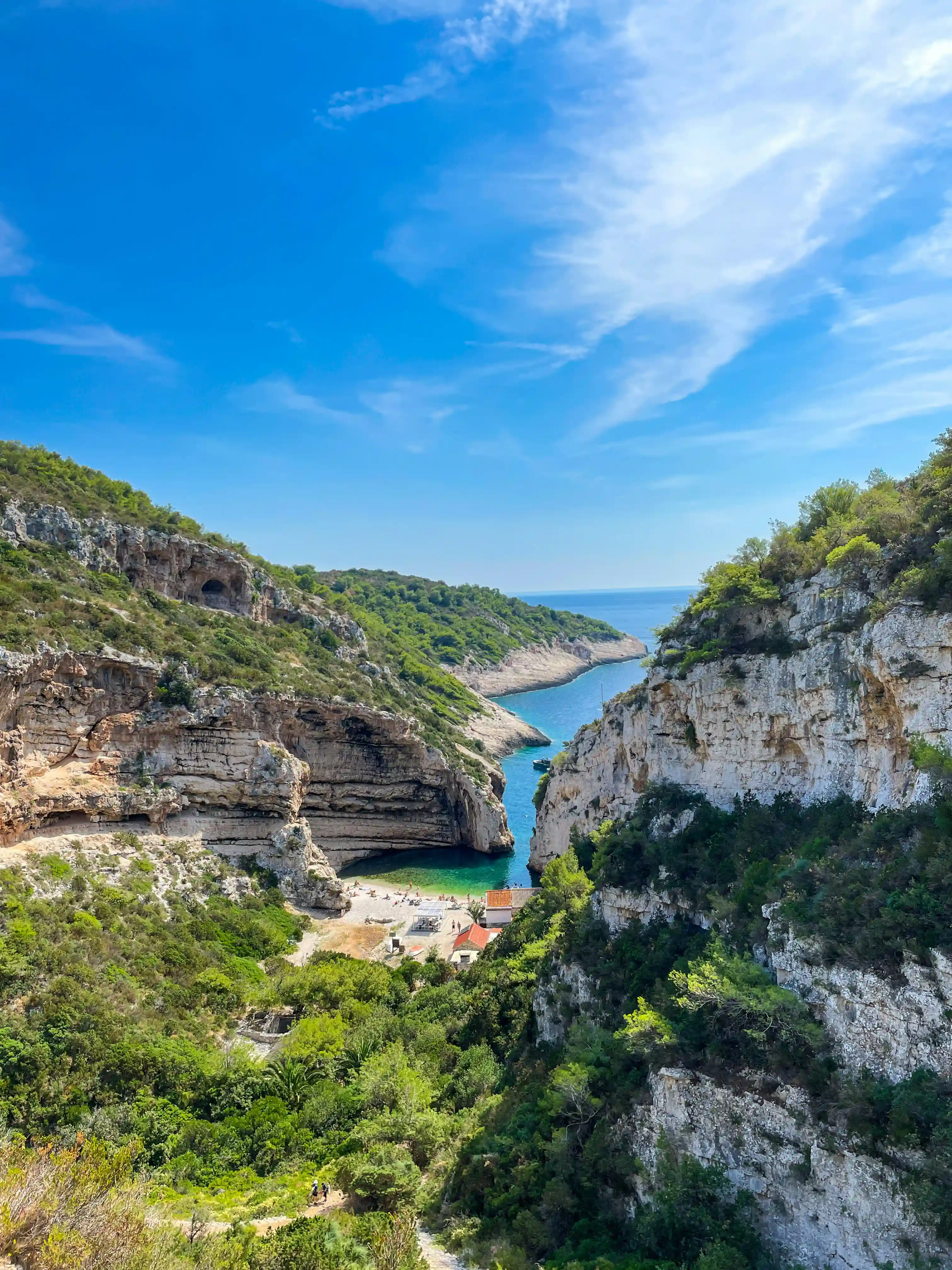
Komiža
Komiža, the place of ancestors, is known for its fishing tradition and legends of sailor bravery. But also, there are stories of hidden treasure left by partisans in caves during the war, while fighting for freedom. That treasure, they say, still awaits discovery, waiting for the right explorer.
1-8
Dubrovnik
When talking about Dubrovnik, one cannot overlook the legends that circulate through those old stone streets. Dubrovnik, known as the "Pearl of the Adriatic," is a beautiful city on the coast of Croatia, famous for its rich history, well-preserved walls, and spectacular architecture. The city hosts incredible historical landmarks such as the Dubrovnik Walls, Stradun (the main street), and beautiful churches and palaces.
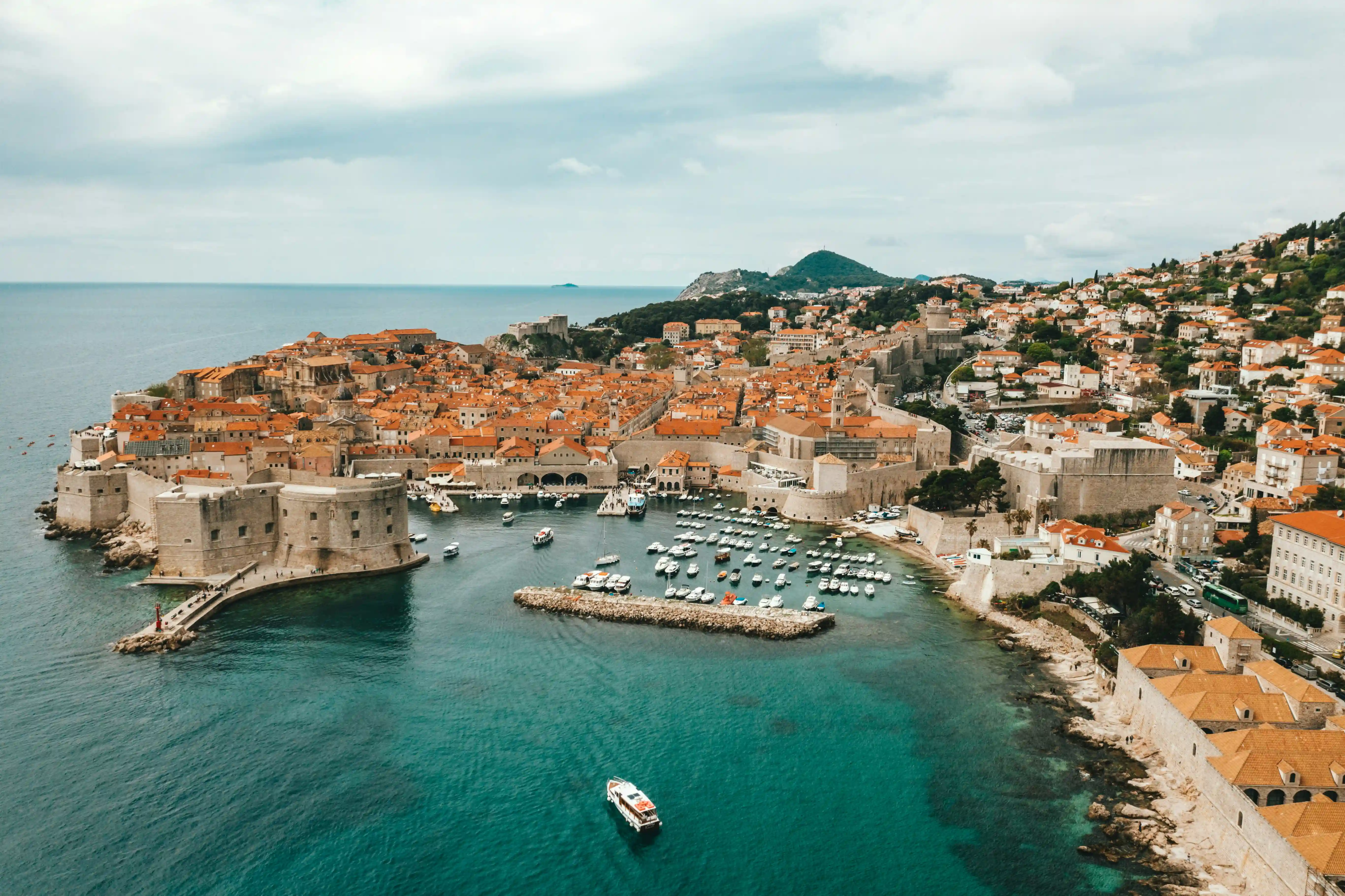
Šipan
Šipan is an oasis of silence and beauty. Here, vineyards and olive groves reign supreme, and centuries-old villas testify to the rich history of this island. It is said that powerful nobles and merchants once lived here, leaving behind traces of a luxurious life.
1-3
Mljet
Mljet is the Dubrovnik island where the national park is located. Mljet is a paradise on earth, full of lush forests and crystal-clear lakes. Legend has it that this island was the home of the nymph heroine Meliteje, who, enchanted by the beauty of this island, prayed to the gods to protect it. And so, two beautiful saltwater lakes, Veliko and Malo Jezero, were created, guarding the soul of this place and located within the national park.

Odysseus' Cave
Odysseus' Cave is a cave on the island of Mljet. It is located on the southern coast of the island, near Babino Polje. Odysseus' Cave is a cave of oval shape with a diameter of several tens of meters. It has a collapsed ceiling, which is why it was named Cave because looking from the land side, it looks like a large hole in the ground.
1-3
Drvenik Veli
Drvenik Veliki is an island close to the mainland and practically within reach of larger cities such as Split and Trogir. A small village, Drvenik Veliki is amphitheatrically wrapped around a deep bay, with calm and safe harbors and ruins of several wealthy palaces. The most interesting local attraction is the parish church, which is a story in itself. Built in the 18th century as a replacement for a modest village church, when the locals rid themselves of serfdom and decided to build something more representative.

Krknjaši
The Blue Lagoon or Krknjaši Bay, nestled between two islands of the same name and Drvenik Veliki, got its name from the color of the sea that will remind you of tropical landscapes we usually see in advertisements, and it is an ideal place for swimming in crystal-clear waters.
Pelješac
Pelješac is a peninsula located in southern Croatia, known for its beautiful landscapes, rich history and excellent tradition of wine production. It is located between the Ston and Maloston bays. Pelješac will be enjoyed by sailors and lovers of elite tourism, as well as adventurers, mountaineers and surfers, as well as gourmets and wine lovers. On Pelješac grows a small plavac mali, several large captains, the largest Croatian surfing colony, top quality oysters and viper, after which the highest hill in this part of Croatia is named - Zmijino brdo.
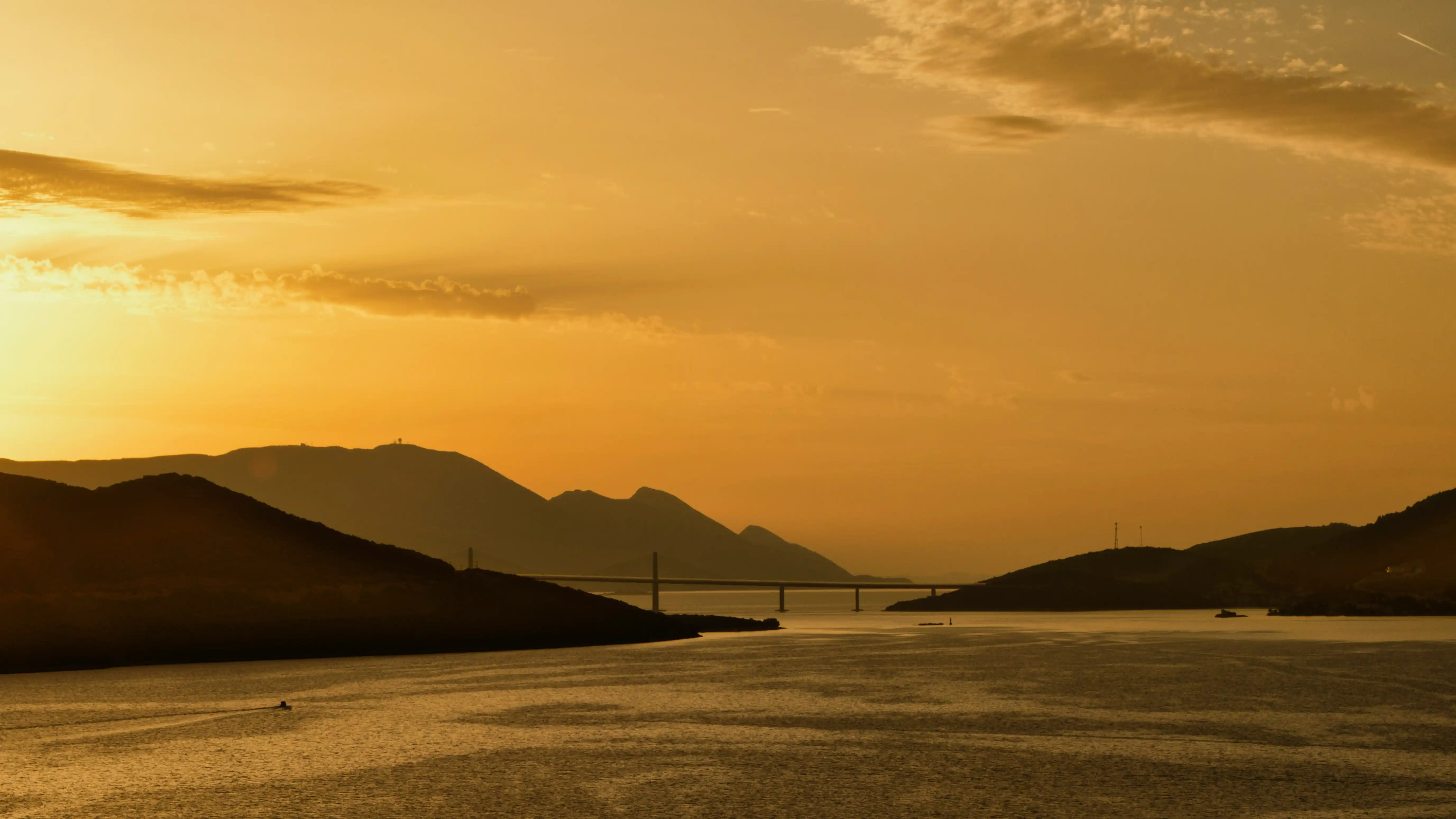
Orebić
Orebić is a picturesque fishing village located in the western part of Pelješac, known for its beautiful beaches, crystal clear sea and rich maritime tradition. The city is known as the "blue lagoon" because of the intense color of the sea. The main attraction of Orebić is the Franciscan monastery with the church of Our Lady of the Angels, which offers a beautiful view of the sea and islands. Orebić is also known for its numerous vineyards and wineries that produce high-quality wines, and Plavac mali, the autochthonous variety of Pelješac, stands out in particular.
1-3
Trogir
On the coast of central Dalmatia, about 30 kilometers west of the city of Split, is the beautiful town of Trogir. The heart of this picturesque old town is an islet located between the mainland and the island of Čiovo. Trogir is the perfect vacation destination because it offers something for everyone. From interesting history to pebble beaches, this small town has it all. With a population of 11,000 people, Trogir lives mainly during the warmer months. The weather in this area is best defined as Mediterranean, which means that it is quite dry and warm in the summer.
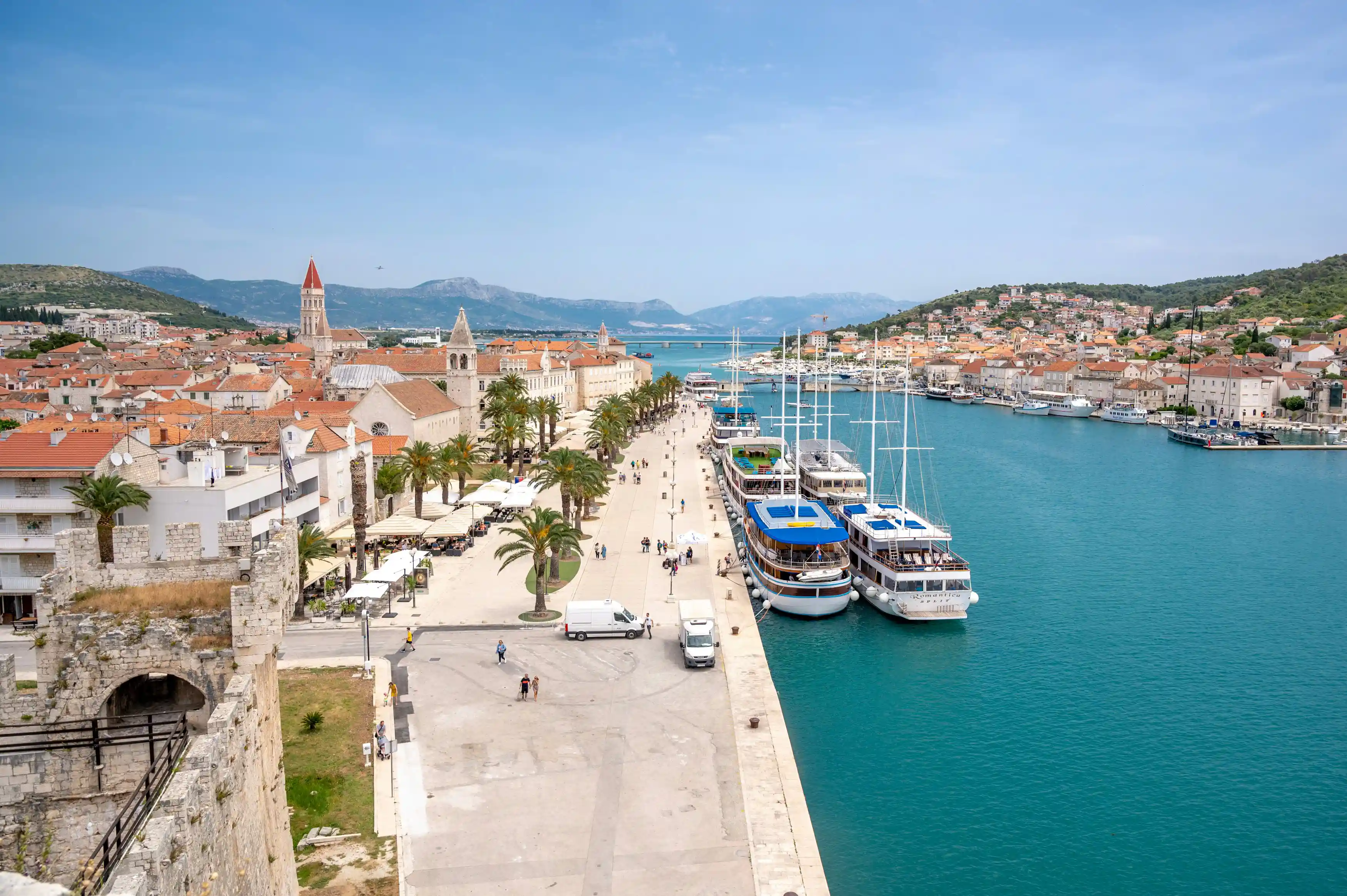
Čiovo
Čiovo is an island in central Dalmatia, connected to the city of Trogir by a drawbridge, divided between Split, Trogir and Okrug. The island has been inhabited since prehistoric times, and the Romans called it Boa. The Church of Our Lady of Prizidnica, built in 1546 in the middle of the cliffs, stands out on the southeastern side of the island. The village of Slatine is located on the Split side, while Žedno is the interior of the island with the churches of St. Mavr and blessed John of Trogir.


